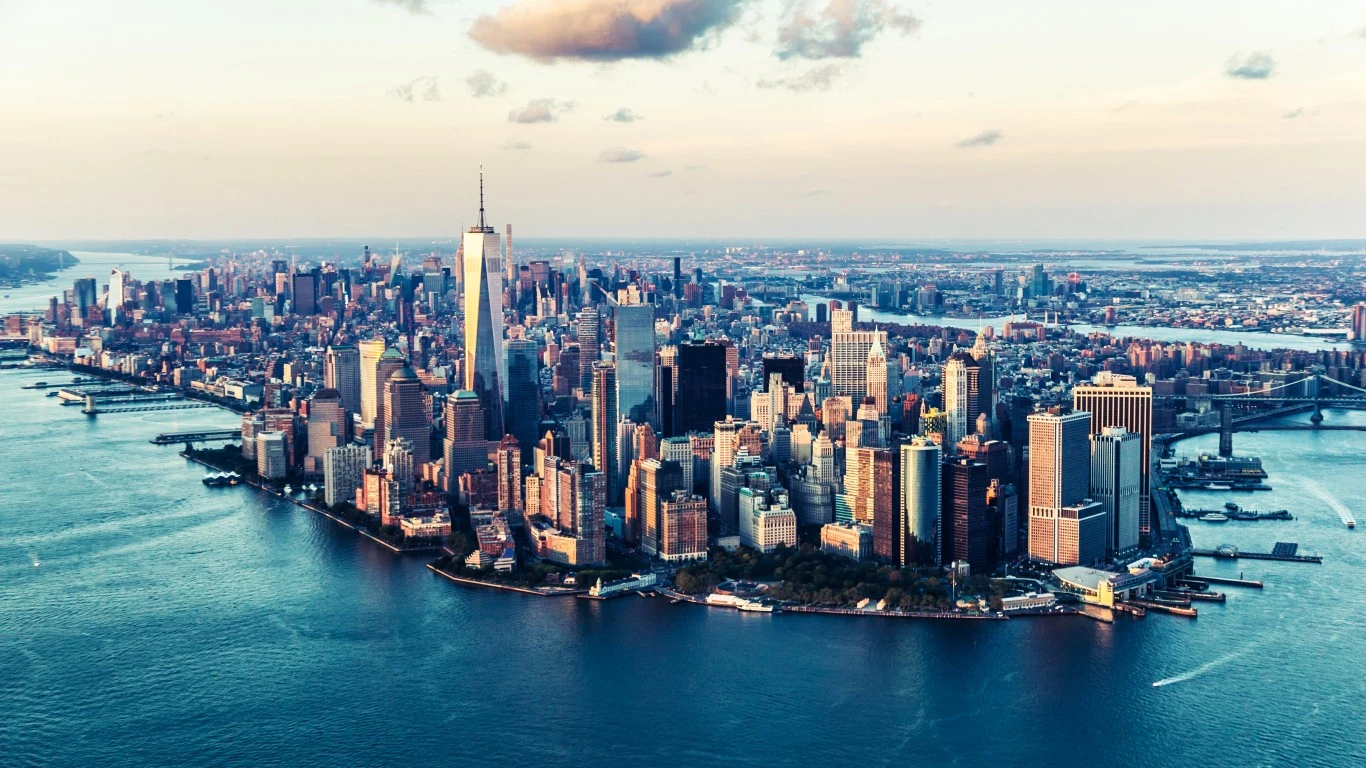
(A native of England, veteran journalist Matthew Diebel has worked at NBC News, Time, USA Today and News Corp., among other organizations.)
In 2019, I was fortunate to have time off to take a 10-week trip to Southeast Asia. One of the places I visited was Cambodia, in particular the mind-altering group of temples called Angkor Wat.
Having bonded with several fellow backpackers, we decided to take a boat ride on Tonlé Sap, a large lake south of the complex. It is very picturesque and known for its floating villages and houses on stilts. “What a marvelous place,” I thought as we navigated the patch of water, which flows into the giant Mekong River.
That was until we got close to the edge, where we saw thousands of plastic bags and other detritus hanging on the vegetation. It was astounding. Pink bags. Brown ones. Red. Green. Blue. White. Clear. Such a sad sight in such a beautiful place.
The origins were obvious: In nearby Siem Reap we saw shoppers at markets filling the flimsy sacks with local fruits and vegetables. Then, either because of carelessness or lack of organized trash collection — or both — the bags ended up in Tonlé Sap.
A pity, you might say, but, apart from its unsightliness, what’s the harm? That is until you read a report from Resource Futures, an environmental consultancy, and Tearfund, an international Christian charity, which details how plastic waste causes and exacerbates flooding…
Subscribe to Callaway Climate Insights to keep reading this post and get 7 days of free access to the full post archives.





